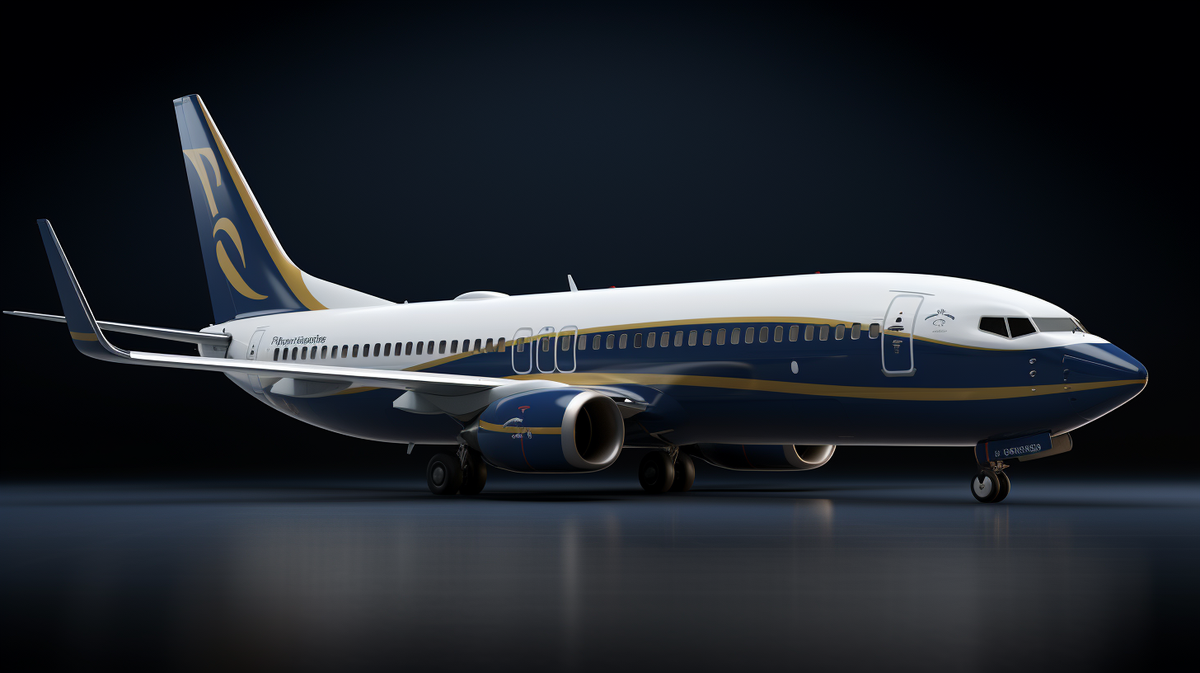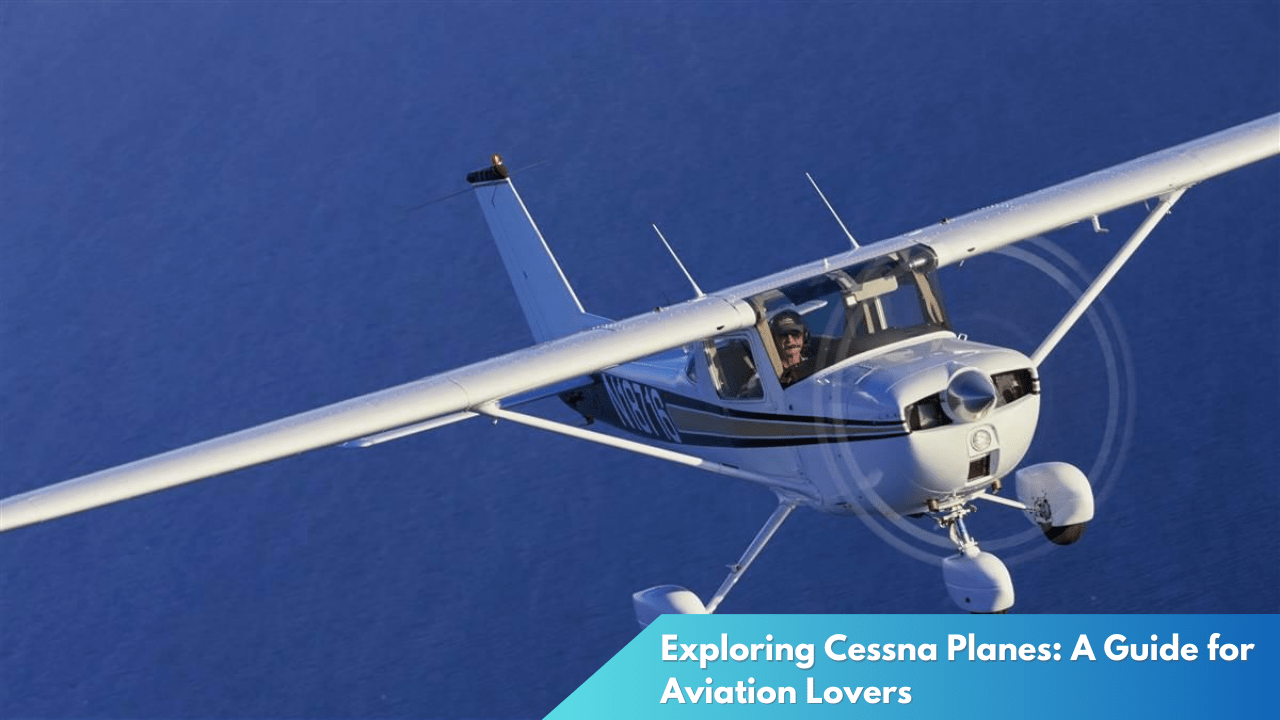Exploring Civilian Aircraft Types and Their Functions
The world of civilian aviation is vast and varied, with a diverse array of aircraft designed to meet the needs of passengers, businesses, and governments. From the largest commercial jets to the smallest private planes, each type of civilian aircraft is engineered for specific functions and uses. Understanding these differences can offer insights into how air travel and transport operate in today’s fast-paced world. This article delves into the different types of civilian aircraft and explores their vital roles in the modern aviation industry.
Diverse Range of Civilian Aircraft Explained

The diversity of civilian aircraft is a testament to the ever-evolving needs and challenges of air travel. At the forefront are commercial airliners, which include the largest and most recognizable types of civilian aircraft. These planes, such as the Boeing 737 and Airbus A320 families, are designed to carry hundreds of passengers over various distances, from short-haul domestic flights to long-haul intercontinental journeys. Their design prioritizes efficiency, safety, and comfort, reflecting their critical role in connecting cities and countries across the globe.
In contrast to the commercial giants, regional aircraft like the ATR 72 and Embraer E-Jet series are tailored for shorter routes and smaller airports. These aircraft typically accommodate fewer passengers, usually between 50 to 100, and are ideal for connecting regional hubs with major airports, thus providing vital links in the broader transportation network. Regional aircraft often feature designs optimized for quick turnarounds and efficient operations, catering to the growing demand for frequent service on less-traveled routes.
Beyond passenger transport, civilian aviation also encompasses a range of specialized aircraft such as cargo planes and private jets. Cargo aircraft, like the Boeing 747-8F, are engineered to transport goods rather than people, playing a crucial role in global logistics and commerce. On the other hand, private jets, ranging from light jets like the Cessna Citation to ultra-long-range models like the Gulfstream G650, serve the niche market of business travel and luxury leisure, offering flexibility and privacy that commercial airlines cannot.
Functions and Uses in Modern Aviation Industry

In the modern aviation industry, the functions of civilian aircraft are as varied as the aircraft themselves. Commercial airliners primarily function as the backbone of the global passenger air transportation system. These aircraft facilitate international tourism, business travel, and cultural exchanges, contributing significantly to the global economy. Airlines continuously strive to optimize these aircraft’s operational efficiency, reducing fuel consumption and emissions to meet environmental standards and reduce operational costs.
Regional aircraft serve a vital function by connecting less accessible or less populated areas to larger urban centers. This connectivity is essential for economic development, providing communities with access to larger markets, healthcare, and educational opportunities. By servicing routes that are not feasible for larger aircraft, regional planes ensure that air travel remains inclusive and widespread, bridging gaps in the transportation network that may otherwise be neglected.
Specialized civilian aircraft like cargo planes and private jets fulfill distinct roles within the aviation sector. Cargo aircraft are indispensable for the swift movement of goods across continents, supporting industries such as e-commerce, manufacturing, and pharmaceuticals, significantly impacting the supply chain efficiency. Private jets, meanwhile, cater to individuals and businesses needing rapid, on-demand travel solutions with greater privacy and convenience. They are often used in time-sensitive scenarios or when commercial flight availability is constrained, showcasing the personalized dimension of modern aviation.
The civilian aviation industry is a complex ecosystem of various aircraft types, each meticulously designed for specific purposes and functions. From commercial airliners to private jets, these planes are integral to modern life, enabling economic growth, cultural exchanges, and personal freedom of movement on an unprecedented scale. As the industry continues to innovate and evolve, understanding the diverse types of civilian aircraft and their roles can provide a clearer picture of how air travel shapes and connects our world. Whether for business, leisure, or critical logistical operations, civilian aircraft remain pivotal to the advancement of global society.



